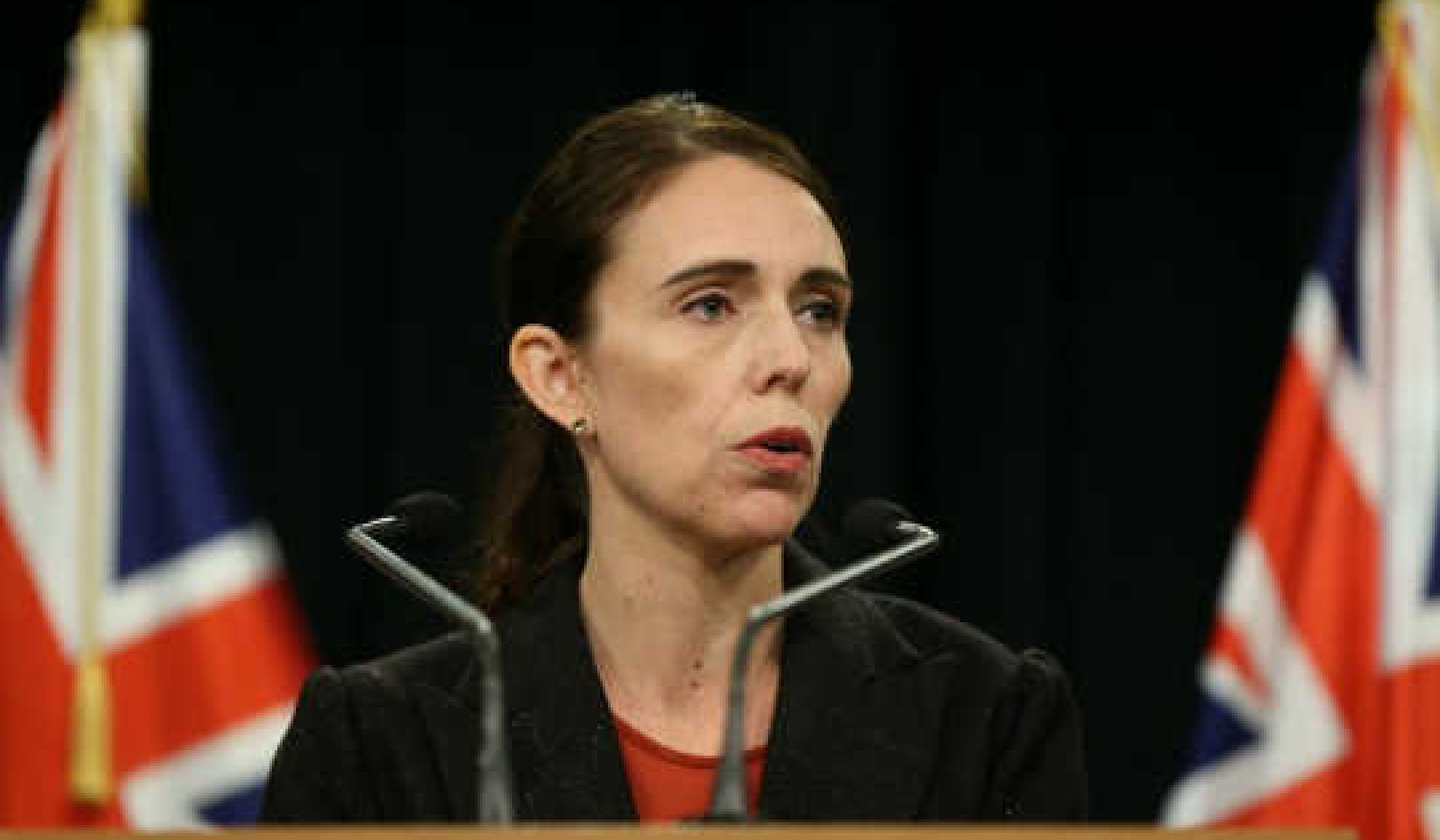
What is the one thing that makes young people everywhere the most anxious? According to the Global Youth Wellbeing Index, it’s a lack of future economic opportunities.
Data from both the OECD and the Youth Wellbeing Index show Australian youth have had it better than just about any other country’s young workforce, but their prospects are also not so rosy.
It’s clear that the millennial cohort has drawn a short straw compared to earlier generations. A large majority (85%) of the world’s youth are experiencing low levels of wellbeing, the index notes.
But they aren’t getting much sympathy: a virulent anti-millennial sentiment has led to their derision as “generation jobless”.
It’s also worth considering how the youth of Australia have fared and expect to fare – because while the verdict has historically been excellent, there are disparities masked by the glossy big picture.
What about Australian young people?
As ample survey data now shows, Australian youth are fretting about their prospects, with lower income growth, overqualification, employment instability and crowding out from many key domains such as housing; all these factors together portend a more stressed generation.
Perhaps no statistic captures this better than the fact that one-quarter of young Australians say they are unhappy with their lives.
Since the global financial crisis of 2008, the number of youth that are “neither in employment, education or training” (often called “NEET”) has actually risen by 1.4% to 11.8%. This equates to 580,000 young people.
Inequality in education tends to be a driver of inequality in employment. Young Australians who have only a Year 10 Certificate are more than three times as likely to be unemployed as those with tertiary education.
There is also a clear disparity by gender. Young women are 50% more likely to be stuck in a NEET situation than men. This is well above the OECD average of 36% for gender disparity.
The problem is particularly prevalent among young Australian women caring for infants. This is why a lack of access to affordable child care and flexible working arrangements are two significant barriers that must be addressed.
There is also a racial aspect to youth employment. Indigenous youth NEET rates are more than three times higher than those of non-indigenous Australians. Part of the challenge in this regard stems from the weak labour markets in remote and very remote regions.
These disparities are often masked when Australia’s impressive overall record is compared with other countries. However, as the Parliamentary Budget Office of Canada has calculated, the economic situation for youth can worsen dramatically in a short time. It did for Canada’s proportion of underemployed youth, which swelled from 35% to 40% in less than five years. So the overall record for Australia could change soon too.
Sadly, in terms of the fear of a bleak economic future, young Australians are not that different from their peers abroad.
A universal fear
Around the world, nearly half the youth are unemployed or underemployed, while more than 120 million youth are still illiterate. So it is difficult to overstate the universality of this problem.
Is this because youth employment has received the least focus? Unemployment has historically taken a back seat to other core priorities towards the young.
The Millennium Development Goals (MDGs), for example, include the eradication of hunger, child mortality, illiteracy and disease – but there is no goal for unemployment or underemployment. It may be time to add another notch to these priorities, with a focus on developing strategies for engaging and employing youth.
The benefits if we achieved this goal are far from superficial. It is well documented that when youth are gainfully employed they are less likely to rely on social programs, less inclined to criminality, better engaged in civic life and better poised in their sense of personal wellbeing.
About The Author
Usman W. Chohan, Doctoral Candidate, Policy Reform and Economics, UNSW Australia
This article was originally published on The Conversation. Read the original article.
Related Books
at InnerSelf Market and Amazon

























